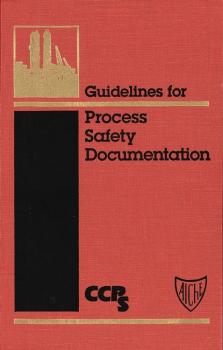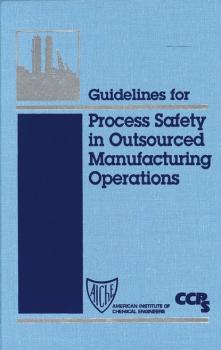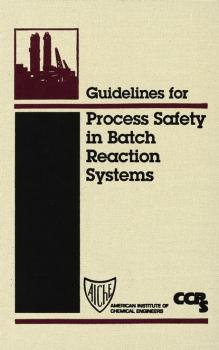ТОП просматриваемых книг сайта:















CCPS (Center for Chemical Process Safety)
Список книг автора CCPS (Center for Chemical Process Safety)Аннотация
Информация о книге
Автор произведения CCPS (Center for Chemical Process Safety)
Guidelines for Process Safety in Outsourced Manufacturing Operations - CCPS (Center for Chemical Process Safety)
Аннотация
Информация о книге
Автор произведения CCPS (Center for Chemical Process Safety)
Аннотация
Информация о книге
Автор произведения CCPS (Center for Chemical Process Safety)
Guidelines for Integrating Process Safety Management, Environment, Safety, Health, and Quality - CCPS (Center for Chemical Process Safety)
Аннотация
Информация о книге
Автор произведения CCPS (Center for Chemical Process Safety)
Аннотация
Информация о книге
Автор произведения CCPS (Center for Chemical Process Safety)
Аннотация
Информация о книге
Автор произведения CCPS (Center for Chemical Process Safety)
Аннотация
Информация о книге
Автор произведения CCPS (Center for Chemical Process Safety)
Guidelines for Chemical Transportation Safety, Security, and Risk Management - CCPS (Center for Chemical Process Safety)
Аннотация
Информация о книге
Автор произведения CCPS (Center for Chemical Process Safety)
Center for Chemical Process Safety - 19th Annual International Conference - CCPS (Center for Chemical Process Safety)
Аннотация
Информация о книге
Автор произведения CCPS (Center for Chemical Process Safety)
Аннотация
Информация о книге
Автор произведения CCPS (Center for Chemical Process Safety)










